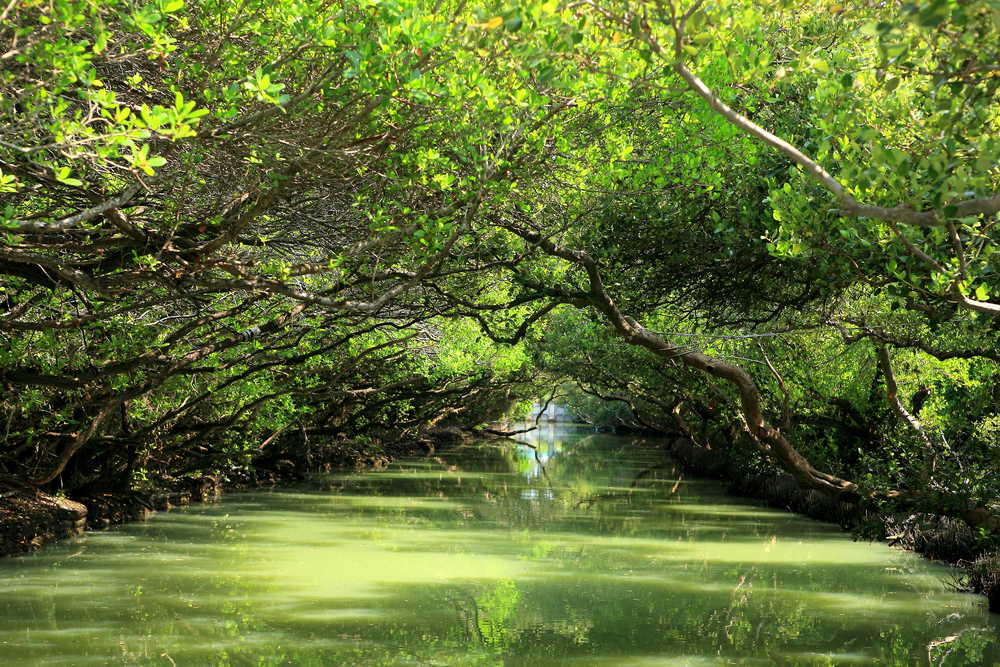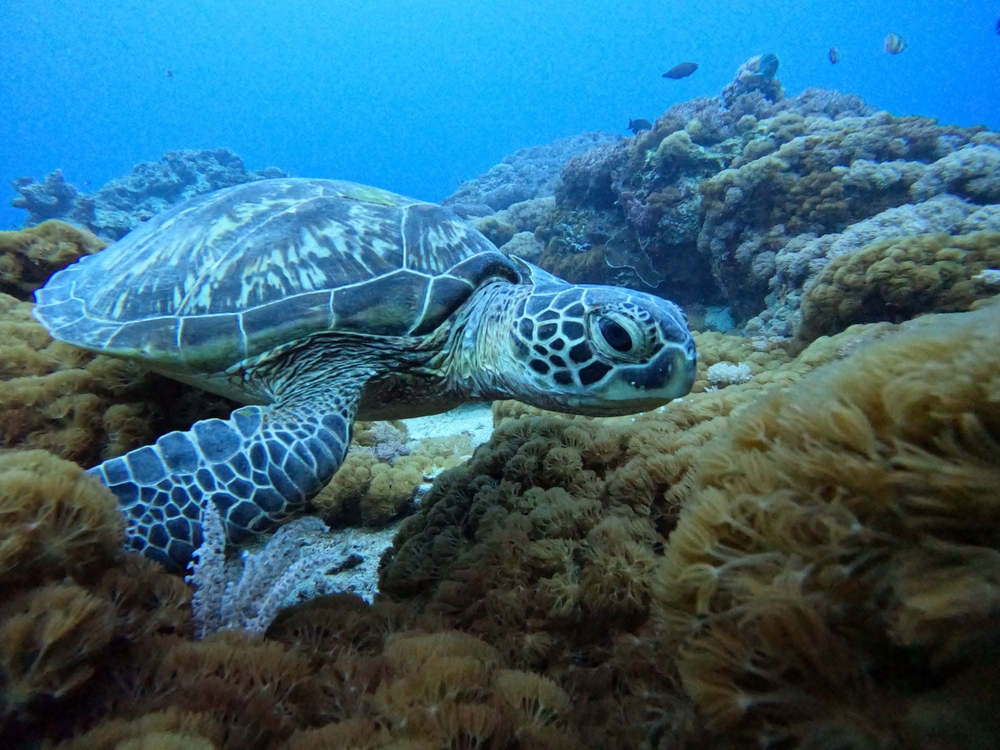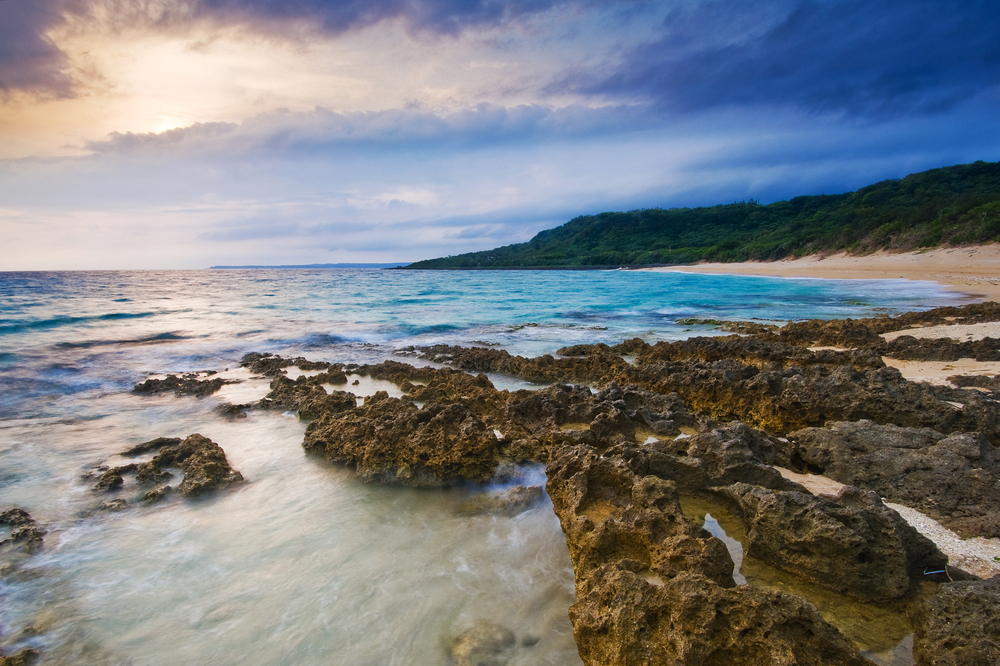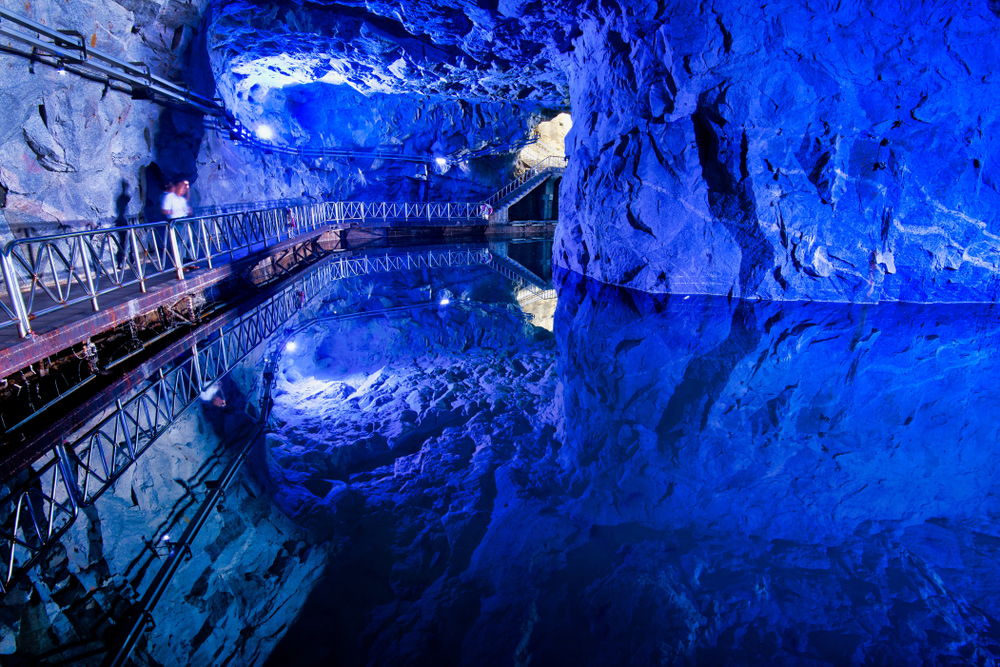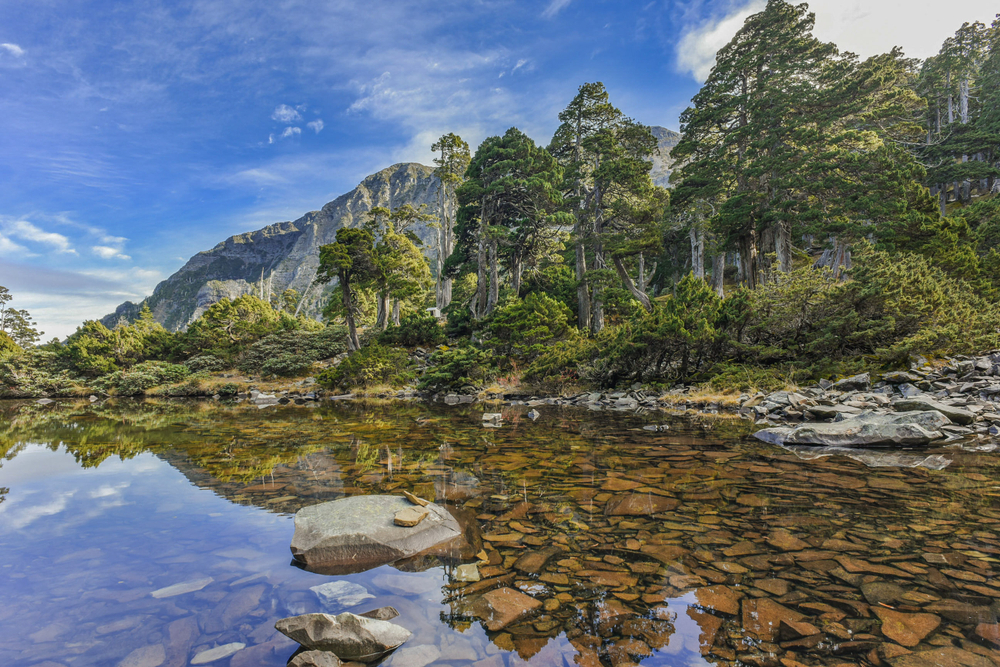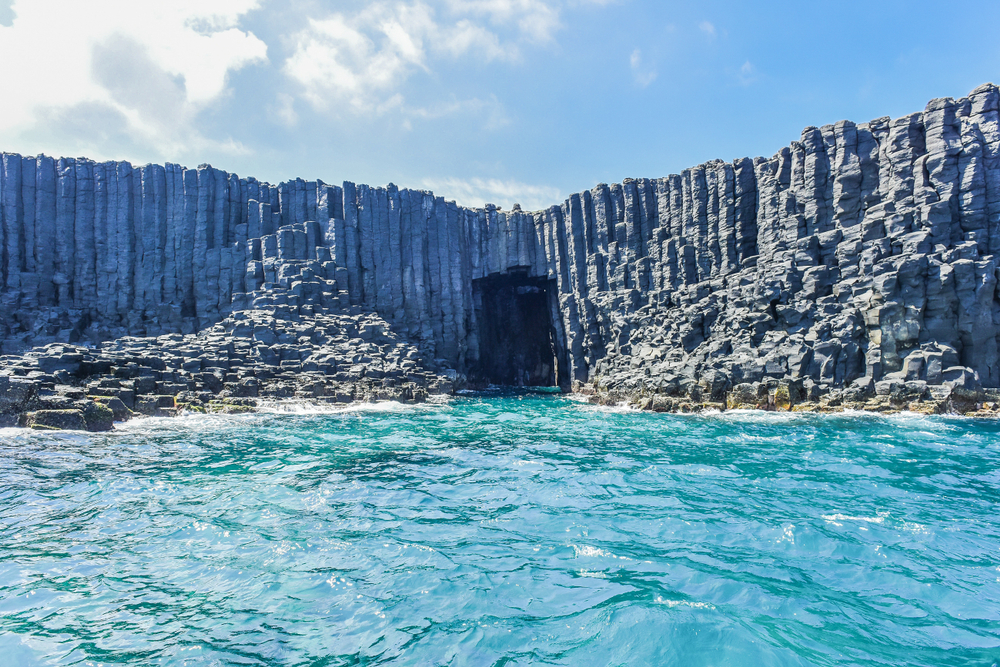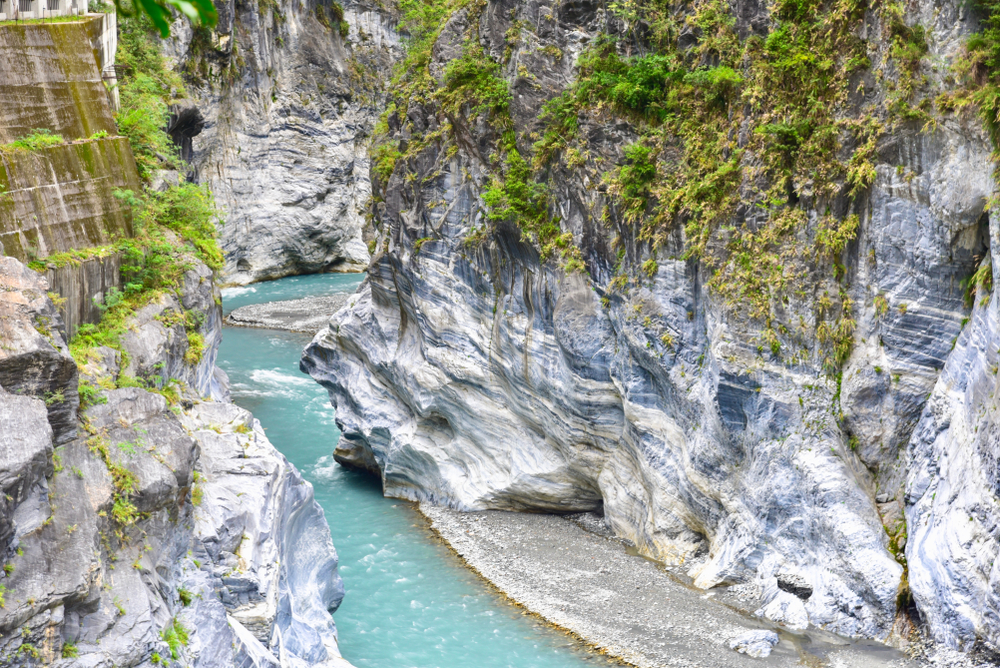Taijiang Overview
Taijiang National Park, known as 台江國家公園 in Mandarin, is a stunning expanse of protected land in southwestern Taiwan. Encompassing approximately 151.59 square kilometers (58.51 square miles), the park lies primarily in Tainan City, where it serves as a vital sanctuary for coastal wetlands, estuaries, and marine ecosystems. Established in 2009, Taijiang National Park was created to preserve the unique tidal landscapes, rich biodiversity, and cultural history that define this region of Taiwan.
The terrain of Taijiang National Park is shaped by its intricate network of wetlands, lagoons, and mangrove forests. The Zengwen River estuary forms the heart of the park, where freshwater meets the ocean to create a dynamic brackish environment teeming with life. The park’s most iconic landscapes include expansive mudflats, where tides sculpt mesmerizing patterns, and thriving mangrove ecosystems dominated by species like the black mangrove (Avicennia marina) and the red mangrove (Rhizophora stylosa). A highlight of the park is the Sicao Green Tunnel, a tranquil mangrove-lined waterway that offers visitors a serene glimpse into the area’s natural beauty.
Taijiang is renowned for its rich biodiversity, particularly its role as a haven for migratory birds. Over 200 bird species have been documented within the park, making it a paradise for birdwatchers. Visitors may encounter black-faced spoonbills (Platalea minor), a globally endangered species that relies on the park’s wetlands as a critical wintering ground. Other avian species include egrets, herons, and sandpipers. The park is also home to a variety of aquatic and terrestrial wildlife, such as mudskippers, fiddler crabs, and the endangered green sea turtle (Chelonia mydas), which nests in the region’s coastal zones.
Taijiang National Park’s cultural and historical significance enhances its appeal. The area was historically vital to Taiwan’s early maritime trade and salt production, and remnants of this heritage can be explored within the park. The Qigu Salt Fields, now a museum, offer visitors insights into the region’s salt-making history, while the centuries-old Sicao Dazhong Temple reflects the area’s religious and cultural legacy.
Visitors can experience the park in a variety of ways. Boat tours through the Sicao Green Tunnel and along the Zengwen River allow for an up-close view of mangroves and wildlife. Walking trails and birdwatching platforms provide opportunities to observe migratory birds in their natural habitats. The Qigu Lagoon is popular for kayaking and provides a more adventurous perspective of the park’s waterways.
Taijiang National Park faces several conservation challenges, particularly from climate change and human activities. Rising sea levels and habitat encroachment pose threats to its delicate ecosystems. However, the park has achieved notable successes in restoring wetlands and managing habitats for endangered species like the black-faced spoonbill. Collaborative efforts between the government, local communities, and conservation groups have strengthened the park’s ecological resilience and ensured its protection for future generations.








































































